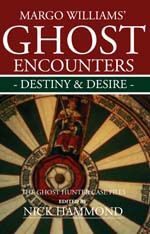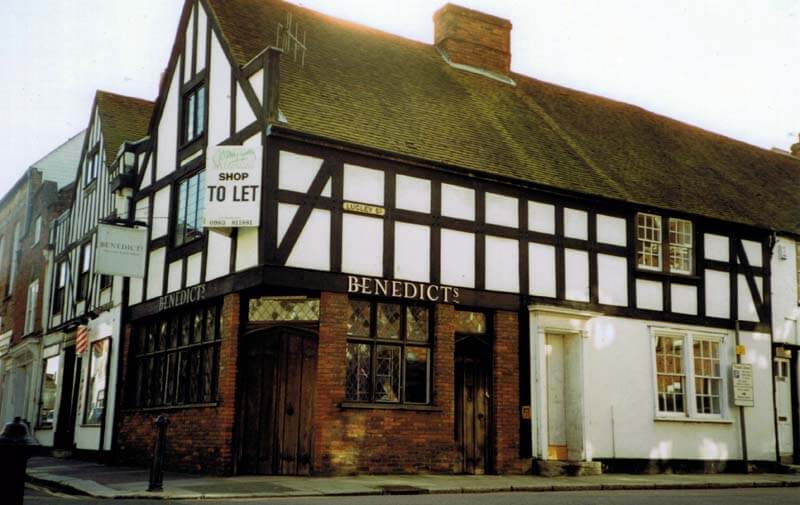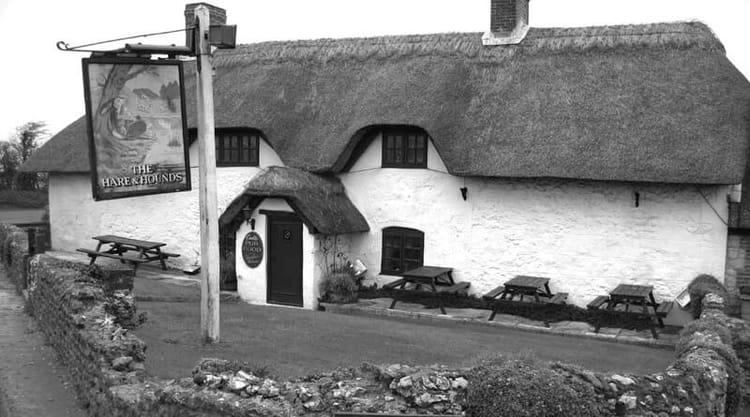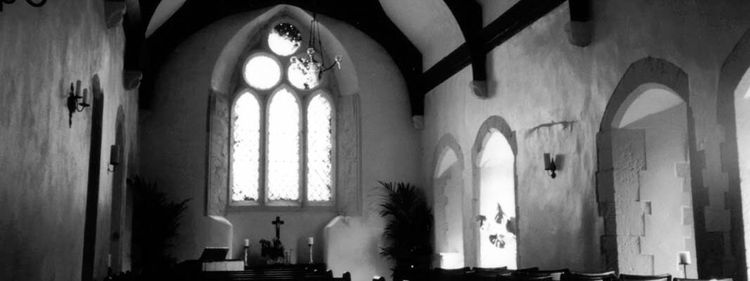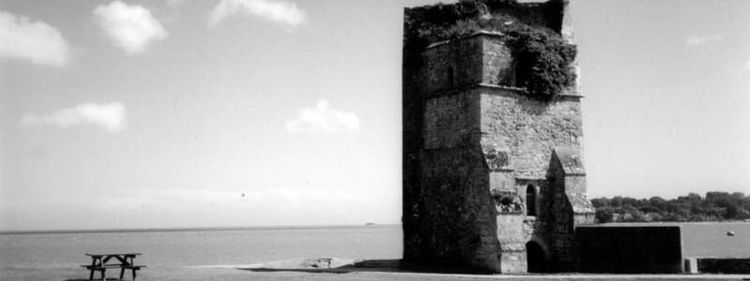Longstone, Mottistone. Unsolved Mysteries Isle of Wight

Stone Age Afterlife
The ‘Longstone’ is believed to be part of the remains of a dolmen burial chamber currently dated to the BC 3000s – coincidental with the time of the Old Kingdom of Egypt, the era of the Great Pyramids’ construction.
Relics and remains found in undisturbed dolmens elsewhere suggest that those who built them were experienced in agriculture, pasturage, and civil engineering. Preservation of particular bones such as skulls and evidence of repeated movement suggests these may have been part of religious ceremony, not fun and games.
Longstone Facts
The 'Longstone' is in fact two stones, of stratified iron sandstone from the lower greensand formation, the prevailing stone in this area, and probably came from Compton Bay cliff. The height of the upright stone is 3.9 m its widest side is nearly 2 m, its circumference 6.1 m.
The recumbent stone's length is 2.8 m; widest width, 1.2m.
Two forms of dolmen have been identified, the simplest were made of massive flat stones, three forming usually its three sides, the fourth side being open and a fourth flat stone for the roof.
More sophisticated dolmen structures were entirely enclosed with large stones, with a central megalith.
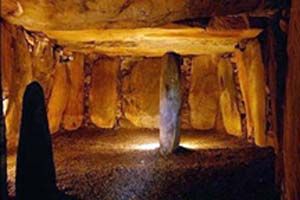
Who Built the Longstone Dolmen?
The Longstone dolmen may be connected with more famous megalithic structures in mainland Wiltshire - Stonehenge - and more distant - Giza in modern Egypt.
Mythbuster T.W. Rolleston in analysis of Celtic legends notes how a map of dolmen distribution "irresistibly suggests" the idea their builders were of North continental African origin, migrated westward, crossed into Europe via the Straits of Gibraltar, then spread through the western regions of Europe, including the British Isles.
Carved symbols have been identified in undisturbed sites. Ankh and feet-shapes similar to those linked with the Egyptian cult of the God Osiris. Other symbols are identical to those carved on ivory tablets found in archaeological excavations in Egypt.
The symbol of a ship and a circle above it, as if the sun, is almost identical to those used in ancient Egypt to depict the boat of Sun God Ra carrying the dead to the Otherworld. The wedge-shape design of a dolmen may represent a boat.
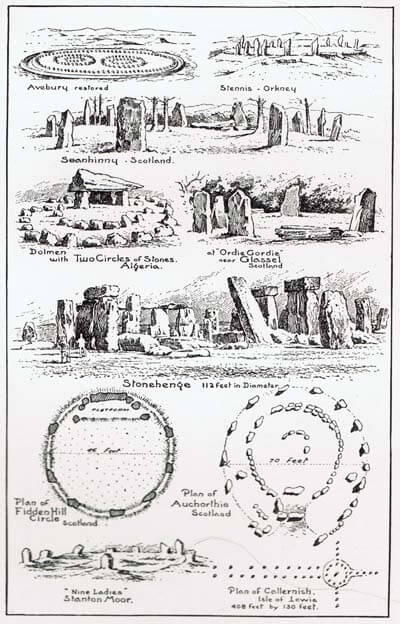
Not enough evidence to prove dolmen raisers and the great pyramid builders of the Nile region were of the same nation, says Rolleston but what there is points to some form of Egyptian connection. Impressive stone tomb structures and elaborate funerary rituals are not the only similarity.
Another World is Possible
Timely modern anthropologists Graeber and Wengrow in the revolutionary "The Dawn of Everything" say long before the pyramids were raised, our very distant ancestors were just as smart as now; the only difference is they roamed free across distances of many thousands of miles. No nation states or border boundaries existed.
Sometimes they chose a leader, sometimes didn't depending on the need and situation. The chief was the poorest, because he or she gave most everything he or she had to help the people. No one starved. No one used money.
Another downside to being chief was requirement to work harder than anyone else. But the upside was as many wives or husbands as he or she needed. The chief had to be a people pleaser, and even accept his wives' and husbands' infidelities when he or she chose.
No one knows if they believed in God or whether He, She or they applauded his or her sacrifice to be leader in the community. The origin of religion is somewhere here, probably courtesy of a clever apothecary whose side hustle was the supernatural.
Kings and Druids
Somewhere sometime round a crackly fire late at night; the chief and his or her priest apothecary with a gift for numbers decided rich was better, hard work was for other people, especially if promised gold or punishment. The chief didn't need to please his people, just make them fearful. Liked the taste of power over others as a permanent arrangement. And exclusive right to keep all the wives he wanted.
Most others preferred it to be a temporary appointment.
Tension between autocracy and democracy started long ago. Those in favour of one-man-rule argued the upside is 'Big things get done'. Giant pyramids, stone circles. Empires are created. Centuries passed, by BC 50 - the British Isles were the sacred centre of a vast Celtic empire extending from Ireland across Europe.
At its core was a religion. Greek historian Diodorus Siculus in his first century BC History of the World investigated their opinions on life and death. The Celtic idea of the afterlife was like nothing he knew of, except out of Egypt.
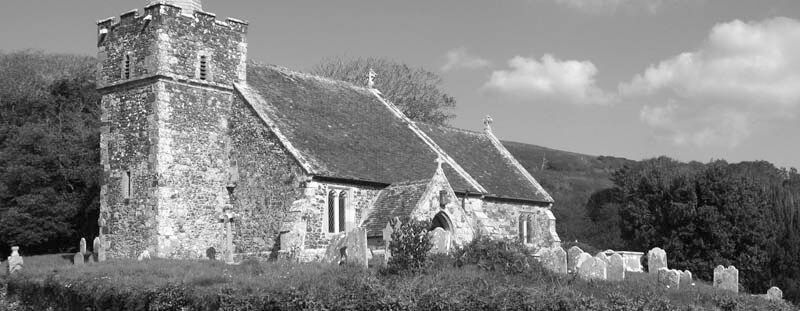
Exploring the haunted Isle of Wight
Talk Like an Egyptian
Ancient Egypt is a million miles away from peaceful Mottistone village, below the Longstone. On Sundays the congregation gathers in the church of St. Peter & St. Paul. Psalms are sung; its priest shares a wise lesson on the everyday. Communal prayers are chorused to the all seeing, all-knowing God the Father.
Some among the congregation have links to Wales, by way of family history and friendships; and probably unaware of how the Egyptian connection is deeper than expected. Rolleston, quotes Rhys and Brynmor Jones's discovery - preserved in Welsh language is an idiomatic structure which strongly suggests a link between peoples of ancient Britain and land of the pyramids:
'The pre-Aryan idioms which still live in Welsh and Irish were derived from a language allied to the Egyptian and the Berber tongues.'
"Wales and Welsh" come from an old word for everyone who lived in the islands of western Europe, a long long time ago. Everyone was Welsh.
Sunday in the Sun Inn Hulverstone
In the classy and top-10-ranked cosiest UK pub, the Sun Inn in nearby Hulverstone, Sunday lunchtime detectorists huddle to compare finds and conclusions on fragments and meanings, and how linguistics is a clue to how this impressive empire formed.
Some tell a story of how Celtic tribes migrated from Europe to the British islands, settled among descendants of the monument builders; absorbed their ways, wisdom and lore and in time a priestly caste evolved into what we now call Druids.
Related Link: The Belgae
Julius Caesar's observation on what Druids taught in Druid Colleges seems to confirm this:
"They discuss and impart to the youth many things. Respecting the stars and their motions, respecting the extent of the universe and of our Earth, respecting the nature of things, respecting the power and majesty of the immortal Gods."
Sounds like the kind of interests star-gazing pyramid builders would have.
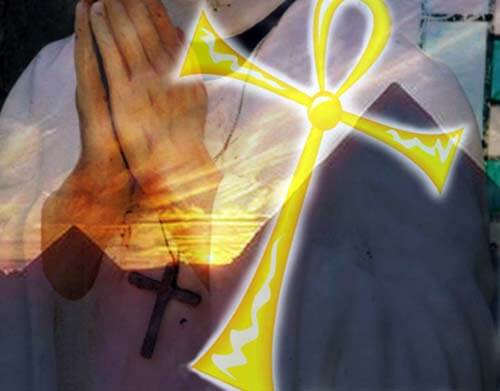
The Pharaoh's Legacy
Although the ways and beliefs of these dolmen-builders seem so lost in antiquity and mystery, what is surprising is the astonishing continuity between ancient Egyptian and Druid beliefs and our own of modern times.
A priestly group still presides over funerary rites and maintains, much as the ancient Egyptians and Druids did, that the soul is immortal and its ultimate journey into the realms beyond is to reunite with the deity of light.
Egyptians believed in the good but martyred God Osiris who awaited the faithful in the blissful realms; part of the Holy Trinity of divine mother and child - Isis and Horus. At odds with them is the evil God Set, later banished into the deserts of the Middle East complete with horns and forked-tail.
Then as now, the community worshipped an all-seeing, all-knowing great sky father God.
The Sun.
Thank you for your company on this short tour of Isle of Wight mysteries and haunting. If you would like to know more about Margo Williams' investigations at the Longstone and other matters of destiny and desire, read this book. Now available from Amazon.
